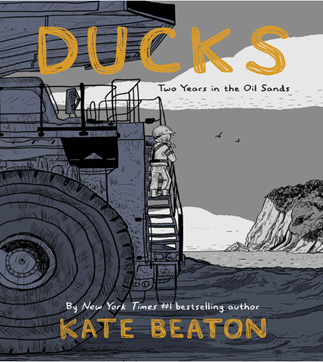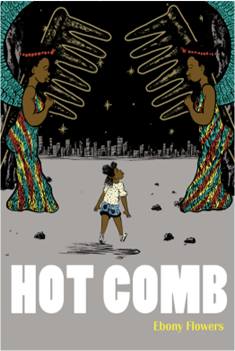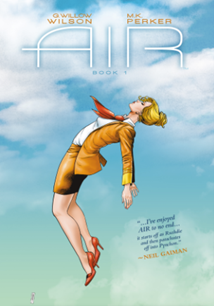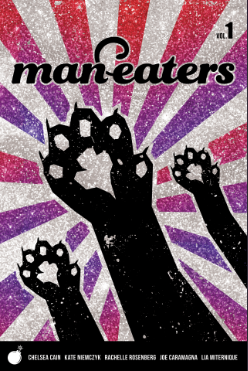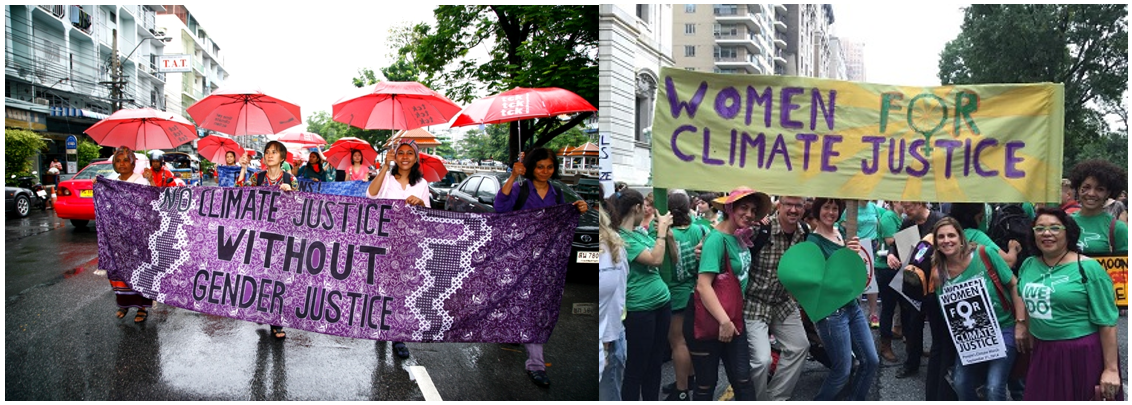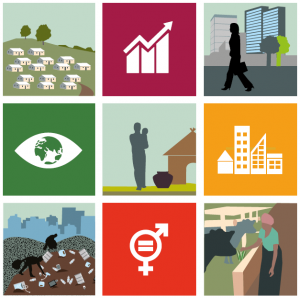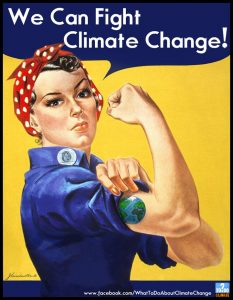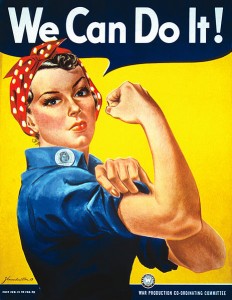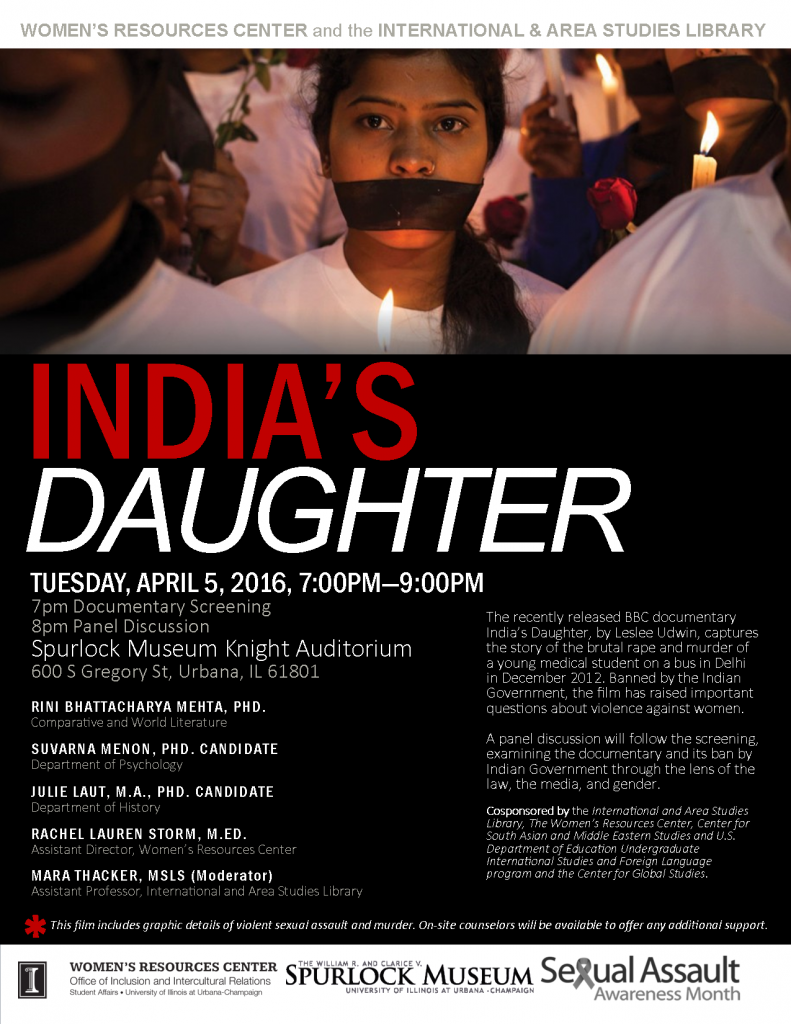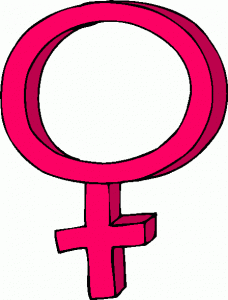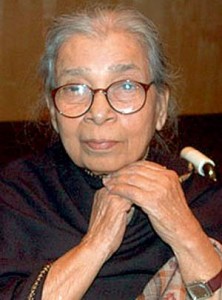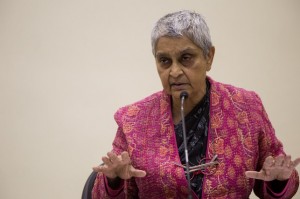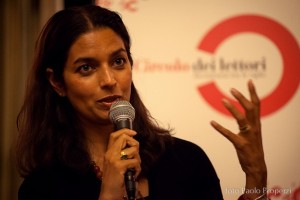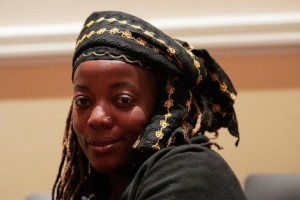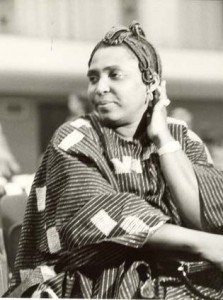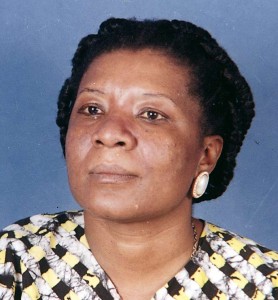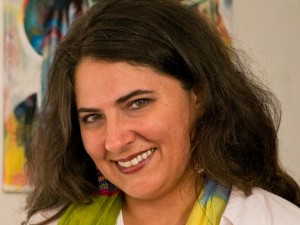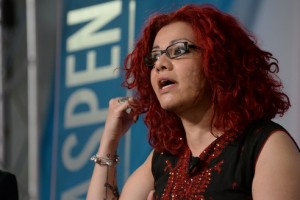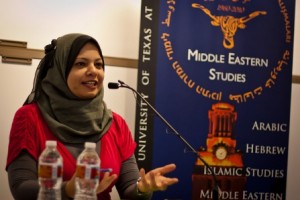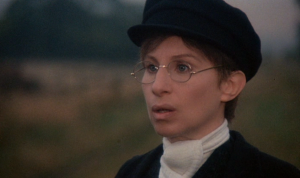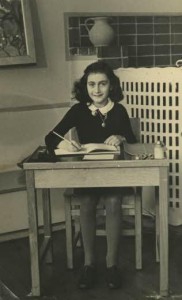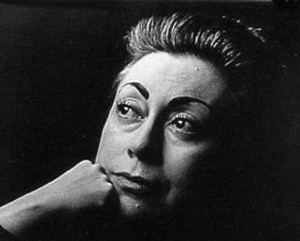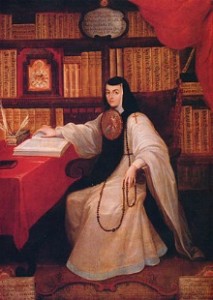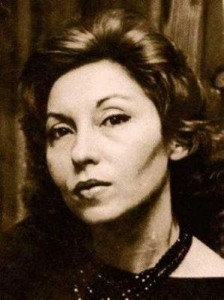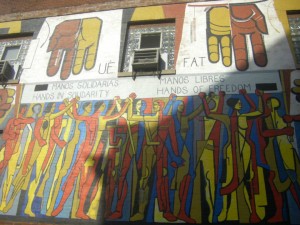By Jason Larsen
March is Woman’s History Month, and the library wants to celebrate by sharing some of our favorite women comic creators with you! Our selections provide options in both our physical collection, as well as our digital collection via ComicsPlus. We hope these comics provide you with some new favorites to read and encourage you to explore our collection for other women creators whose works you might enjoy!
Comics Available on the Shelf
Ducks : Two Years in the Oil Sands (Kate Beaton)
Kate Beaton pivots from her satirical comedy work of Hark! A Vagrant to tell her personal story of working in the Canadian Oil Sands. This autobiographical work covers her life from 2005 to 2008 and explores what life was like living on-site for one of the extraction companies. From constant sexual harassment to dangerous working conditions, she takes an unflinching look at what happens when society’s capitalistic, consumption-driven nature drives people to extremes in order to survive– even people just like you. We would like to warn readers that this comic could be triggering for some as it deals with sexual harassment and other forms of intimidation, and depicts some bodily injuries.
Flung Out of Space : Inspired by the Indecent Adventures of Patricia Highsmith (Grace Ellis and Hannah Templer)
Many consider Patricia Highsmith’s The Price of Salt to be an essential piece of lesbian literature. This graphic novel examines and reimagines the life of Patricia during the 1940s when she was working as a writer for various Golden Age comics. These events were set before she would write her first novel and included moments that would be the foundation for her future groundbreaking lesbian romance novel. The creators of this graphic novel not only explore the foundations for Salt but also the life and times of its highly flawed (and at times controversial) LGBTQ + author.
Mamo (Sas Milledge)
Orla is a young woman who finds she must return home after the passing of her grandmother. Her grandmother wasn’t just anyone though– she was in fact the town’s witch. When the land turns toxic and the town becomes haunted, can Orla rise to the occasion and take on a responsibility she never wanted? The only solution seems to be becoming the new hedge witch, but will that be enough to everything right again?
Hot Comb (Ebony Flowers)
Hot Comb is an autobiographical comic that offers the opportunity to glimpse the relationship black women have with their hair. Through a series of short stories, creator Ebony Flowers shows the dynamic experiences black women encounter in their daily lives when it comes to their hair. Stories include getting her first perm, her sister’s experiences with microaggressions as the only Black athlete on a sports team, and several others.
The Night Eaters (Marjorie Liu and Sana Takeda)
The Night Eaters is a new fantasy horror series from the creators of Monstress. When their restaurant is in trouble, Chinese American twins hope to find help from their parents. The parents are concerned they have raised them not to be self-sufficient enough and come up with a plan to teach them a lesson. They are to help their mother clean up the old run-down house next door where a murder happened years ago. Working through the night the family encounters supernatural horrors and things that make those bumps in the night. Could their children be more than what they appear to be?
Sunrise Blossom (Nina Aberlein)
Sunrise Blosson is a coming-of-age LGBTQ+ fantasy selection from our crowdfunded comics collection. The story follows Ivy who is a young falcon harpy on a journey to explore human society. She eventually finds herself traveling with a human who helps her learn about herself and the world. As these travel companions go on their various adventures, Ivy starts to realize that she may have romantic feelings for her human companion.
Comics Available Through ComicsPlus
Air (G. Willow Wilson and M.K. Perker)
Air is a comic series about a flight attendant with both a fear of heights and the ability to control flight and bend reality. As she pursues a traveler who may actually be a terrorist, she soon finds herself in a world of dark conspiracies, secret societies, and sinister political agendas. The world she knows becomes more mysterious as she discovers the advanced technology behind it. How far is she willing to go using her reality-warping powers to find the answers she seeks?
Goldie Vance (Hope Larson)
This comic tells the story of a young woman whose life of mystery and intrigue is about to begin. Goldie lives with her father who runs a resort and she dreams of becoming a detective. Her chance to enter the world of mystery solving begins when the current resort detective agrees to mentor her in exchange for her help in solving his latest case. Without proper training, does Goldie have what it takes to solve the mystery?
Man-Eaters (Chelsea Cain and Kate Niemczyk)
The toxoplasmosis virus has mutated and is infecting young girls. If they are infected and hit puberty, it transforms them into flesh-eating wild cats once a month. The world creates response teams and policies to contain the threat of young women entering adulthood. This is the story of Maude as she turns twelve and starts to worry if she is a man-eater, and her father the detective responsible for investigating recent cat attacks. Author Chelsea Cain’s series is heavy on satire and 100% about taking on the patriarchy.
Drawing Lines: An Anthology of Women Cartoonists (Various)
This anthology collects works of more than twelve stories from over twenty different women comic creators. The stories they tell will cover the gambit of experiences women face. Some of them are humorous, and others are jarring real-life experiences. No matter type of story you read, it is certainly guaranteed to be representative of some of the best work from women comic creators in the industry.
While the above comics are some of our favorites, there are many more to choose from in our catalog and the ComicsPlus application.
If you are unfamiliar with the ComicsPlus application, check out the video links below as they provide additional details on the application.
How to Locate and Access ComicsPlus
Happy reading!


